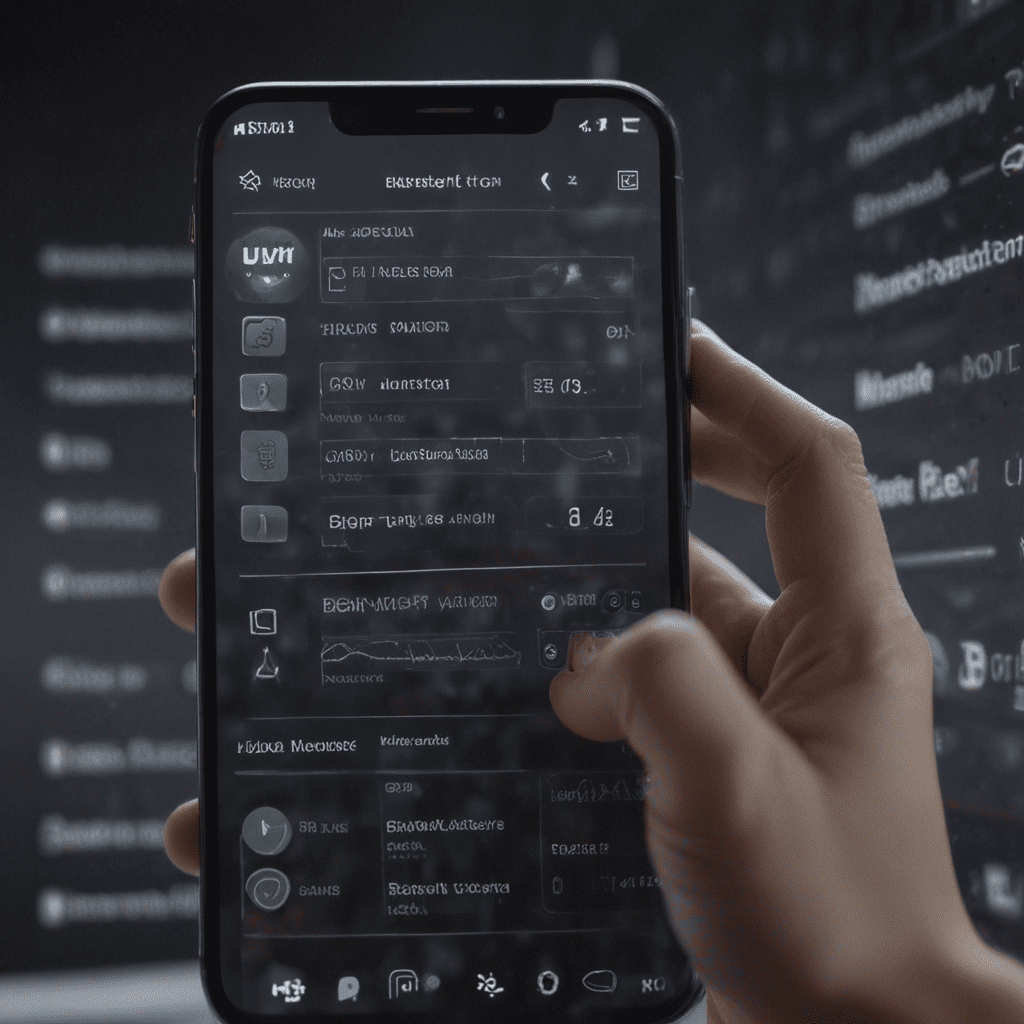
1. Introduction: The Significance of User Satisfaction in UX Design
In the realm of digital experiences, user satisfaction stands as the cornerstone of effective UX (User Experience) design. Satisfied users are more likely to engage with a product, recommend it to others, and return for future use. By prioritizing user fulfillment, designers can foster a loyal customer base and drive business success.
2. Defining Microinteractions and Their Role in User Experience
Microinteractions are subtle, yet impactful, moments of interaction between a user and a digital interface. These momentary exchanges, such as tapping a like button or swiping to refresh, play a vital role in shaping the user's overall experience. By providing immediate feedback and facilitating seamless transitions, microinteractions enhance the usability, engagement, and overall enjoyment of an interface.
3. The Cognitive and Emotional Impact of Microinteractions
Microinteractions possess a profound influence on both the cognitive and emotional aspects of user experience. They provide instant feedback, reducing cognitive load and enhancing comprehension. Moreover, well-designed microinteractions can evoke positive emotions, such as satisfaction, delight, or trust, which contribute to a stronger user-product relationship.
4. Enhancing User Engagement and Immersion through Microinteractions
Engaging microinteractions captivate users and foster deeper immersion in the digital experience. By incorporating animations, sound effects, or haptic feedback, designers can create memorable and stimulating interactions. These moments of delight encourage users to explore the interface, experiment with features, and stay connected for longer durations.
5. The Accessibility and Inclusivity Aspects of Microinteractions
Accessibility and inclusivity are paramount in microinteraction design. Designers must consider the needs of users with diverse abilities and ensure that all interactions are accessible and usable. Proper attention to color contrast, touch targets, and keyboard navigation enables users with disabilities to fully experience and engage with the interface.
6. Measuring the Effectiveness of Microinteractions
Quantifying the success of microinteractions is crucial for ongoing optimization and improvement. Metrics such as user engagement, task completion rates, and error rates provide valuable insights into the effectiveness of these interactions. By analyzing user behavior and feedback, designers can pinpoint areas for refinement and ensure that microinteractions continue to enhance the overall user experience.
7. Best Practices for Designing Effective Microinteractions
Creating impactful microinteractions requires careful attention to design principles. Clear and intuitive visuals, concise feedback, and consistent experiences across platforms are essential. Designers should prioritize user context, tailoring microinteractions to specific user goals and mental models. Accessibility considerations, such as high color contrast and ample touch targets, ensure inclusivity for all users.
8. Case Studies: Examples of Successful Microinteractions
Numerous examples showcase the transformative power of microinteractions. The "pull-to-refresh" gesture popularized by mobile apps provides instant feedback and simplifies content updates. The "like" button in social media platforms fosters engagement and allows users to express their preferences effortlessly. Well-designed microinteractions can significantly enhance the ease of use, enjoyment, and overall value of digital products.
9. Future Trends in Microinteraction Design
As technology advances, microinteraction design continues to evolve. Artificial intelligence (AI) and machine learning (ML) are enabling more personalized and context-aware interactions. Haptic feedback and voice commands are gaining prominence, offering users a more immersive and intuitive experience. Designers must embrace these emerging trends to stay at the forefront of microinteraction innovation.
10. Conclusion: The Transformative Power of Microinteractions in User-Centered UX Design
Microinteractions are the building blocks of user satisfaction in UX design. By understanding their cognitive, emotional, and practical impact, designers can create engaging, accessible, and effective digital experiences. Measuring the effectiveness of microinteractions and adhering to best practices ensure continuous improvement and alignment with user needs. As technology evolves, new opportunities arise for innovative microinteraction design, shaping the future of user-centered UX design.
FAQ
Q: What are the key benefits of well-designed microinteractions?
A: Enhanced usability, increased engagement, improved user satisfaction, and stronger user-product relationships.
Q: How can microinteractions be made more accessible?
A: By considering color contrast, touch targets, and keyboard navigation to ensure inclusivity for users with diverse abilities.
Q: What are some emerging trends in microinteraction design?
A: AI-powered personalization, haptic feedback, and voice commands are gaining prominence, offering more immersive and intuitive experiences.
